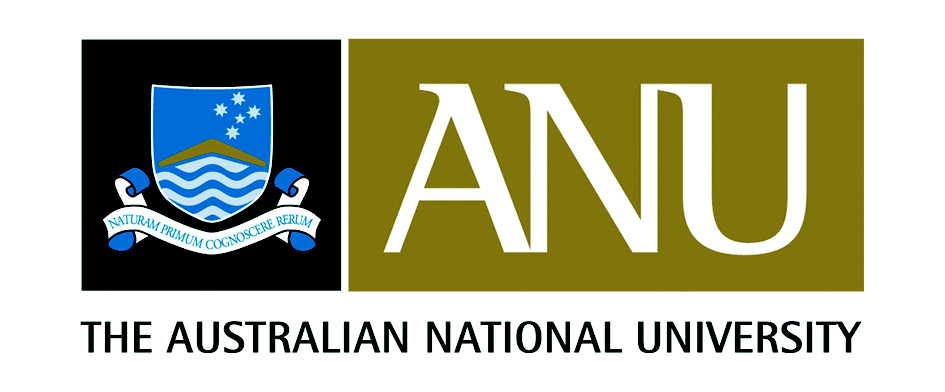A groundbreaking achievement has emerged in the realm of earth sciences and statistical analysis. The detection of underground nuclear tests has been raised to unparalleled levels of precision and is boasting an astounding ninety nine percent accuracy. This remarkable advancement was led by a team of researchers from the Australian National University (ANU). It stands as a monumental stride towards curtailing clandestine nuclear activities on a global scale.
The conventional methods utilized to detect underground nuclear explosions have long grappled with the problem of distinguishing them amidst the myriad of seismic phenomena, ranging from natural earthquakes to surface-level disturbances. Mark Hoggard is the lead author of this pioneering research effort in which the challenges of identifying underground nuclear tests are elucidated.
Hoggard says that “The explosion goes off, and you have all this energy that radiates out, which we can measure on seismometers. So, the science problem becomes, how do we tell the difference between that and a naturally occurring earthquake?”
The impetus for this important breakthrough stems from the serious inadequacies witnessed during the identification of North Korea’s underground nuclear tests, particularly underscored during the events of 2017.
Despite mounting suspicions, the prevailing methodologies failed to conclusively confirm these events. However, through the application of refined mathematical models and sophisticated statistical analyses, the research team has achieved an extraordinary improvement in success rates, elevating them from a previous eighty two percent to an extraordinary ninety nine percent.
View on Watch
North Korea remains the only nation known to have conducted underground nuclear tests in the 21st century. However, recent satellite reconnaissance has unveiled renewed construction activities at nuclear test sites in major global powers such as Russia, the U.S., and China. There are no overt indications of impending tests from these formidable nations. However, geopolitical uncertainties, compounded by events such as the ongoing conflict in Ukraine, underscore the critical need for robust and foolproof detection mechanisms.
The newfound ability to detect underground nuclear tests with an unprecedented 99% accuracy represents a watershed moment in fortifying global security architecture and buttressing non-proliferation endeavors.
As nations navigate the complex web of evolving geopolitical dynamics, this breakthrough is critical for monitoring and deterring covert nuclear activities. Armed with carefully compiled seismic data and refined statistical methodologies, the global community is now better equipped to turn back the tide of nuclear proliferation and safeguard global peace and stability.
This historic achievement serves as a testament to the collective prowess of collaborative scientific endeavors. It also reveals the pivotal role of innovation in addressing the most pressing global challenges. As the scientific community celebrates this important milestone, the trajectory towards a safer and more secure world is charted. It is fueled by the twin engines of innovation and international cooperation.
In a world filled with uncertainties and existential threats, the significance of this breakthrough cannot be overemphasized. It underscores the resilience and ingenuity of the human spirit. It also highlights the indispensable imperative of investing in cutting-edge scientific research for the betterment of humanity.
As the leaders of progress and enlightenment, the global scientific community marches toward a future of peace, security, and shared prosperity. As the world navigates through complex geopolitical landscapes, the assurance of enhanced detection capabilities for nuclear testing offers hope for a safer and more secure future.
